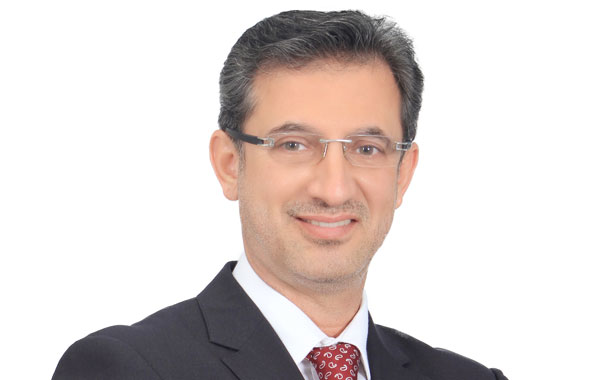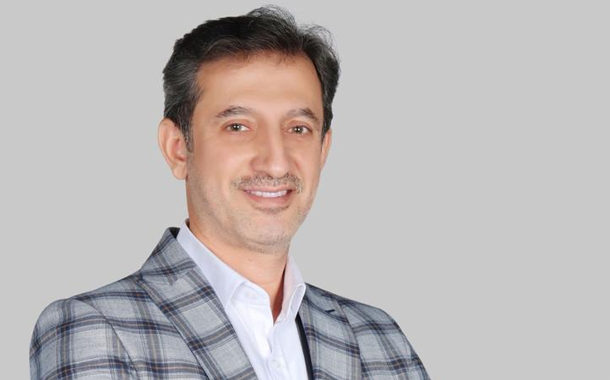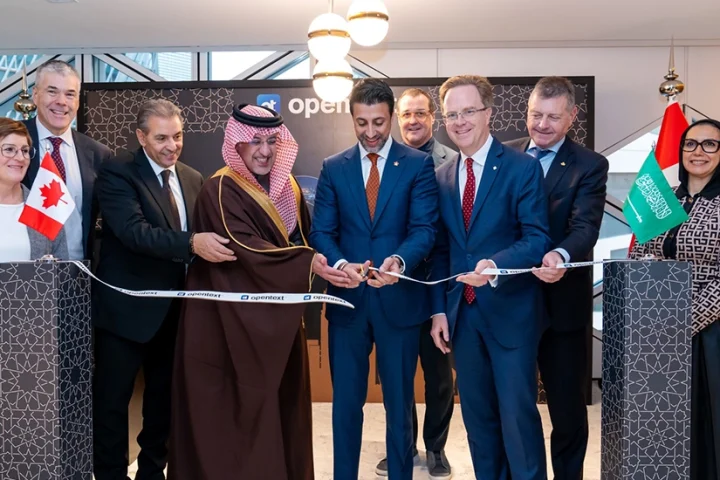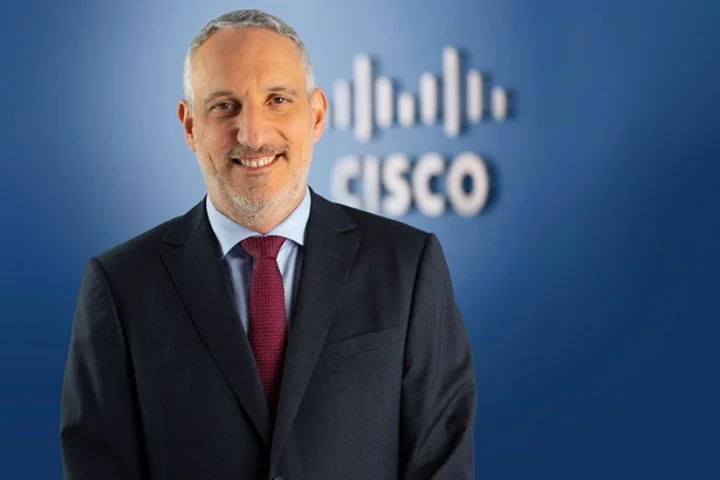As networks grow so do the number of devices on them, and Fibre to the Office is a way of balancing energy consumption, writes Arafat Yousef at Nexans.
The digital economy is growing fast. IDC has predicted that the digital economy will account for 60% of the world’s total economy by 2022. The United Nations Conference on Trade and Development estimates that the digital economy makes up anywhere from 4.5% to 15.5% of global gross domestic product GDP. In the US, home of several dominant players, the digital economy already accounted for 6.9% GDP $1.35 trillion in 2017.
The digital economy is based on hyperconnectivity. More and more people, devices and organisations are interconnecting, driven by developments such as 5G, Cloud, Wi-Fi 6, Internet of Things IoT and more. In all of these areas, vast growth is predicted. According to IDC some 212 billion IoT-enabled devices may be connected to the internet soon. Cisco predicts that by 2021, there will be 4.6B Internet users worldwide and 271 billion connected devices. But as the number of devices, users, applications and networks grow, so will the global carbon footprint.
According to the European Commission, the ICT industry generates up to 2% of all global CO2 emissions. The journal Environmental Science and Pollution Research writes that the installation and the operation of new ICT devices can be characterised as highly energy intensive. A study carried out by the Global Enabling Sustainability Initiative and Deloitte shows that ICT can help solve a wide variety of sustainability challenges and climate change in particular.
There is also a great deal to be gained by simply reducing the amount of power consumed by the devices, cabling and networks that provide the backbone for the digital economy. Furthermore, making sure systems can remain operational for as long as possible also reduces the burden on the environment.
One possible solution is the introduction of Fibre to the Office, FTTO networks to connect devices throughout a building at Gigabit speeds. FTTO is a hybrid network consisting of fibre optic and twisted pair copper patch cords with connectors. In an FTTO network environment, fibre is laid from the central distribution switch right into the office floor, where it ends in active FTTO switches within the workplace.
FTTO networks require significantly less equipment, consume less energy and require less cooling. In a traditional copper-based Ethernet network with 1,000 ports, the annual electricity consumption is estimated to be 82k kWh. However, using an FTTO architecture, the same network would consume some 30k kWh per year. A fast, low latency, responsive FTTO network with PoE Power over Ethernet capacity also supports the introduction of smart building management systems, helping reduce energy consumption by optimising lighting, air conditioning and heating usage.
The use of fibre also allows compliance with 802.3az Energy-Efficient Ethernet’ standard. This allows each port on the switch to power down into a standby mode when no connected devices are active. Energy Efficient Ethernet EEE ports consume power only when data is transferred.
FTTO architecture can reduce energy consumption by as much as 70% lower, cut total cost of ownership by 40%, and reduce installation time by 60%. What is more, the added flexibility means networks can accommodate changes in building layout and function and cabling can stay support consecutive generations of equipment.
As a result, it is not necessary to dispose of large volumes of cabling and equipment every few years. The exact type of solution and best configuration depends on the on-site conditions of different buildings.
























